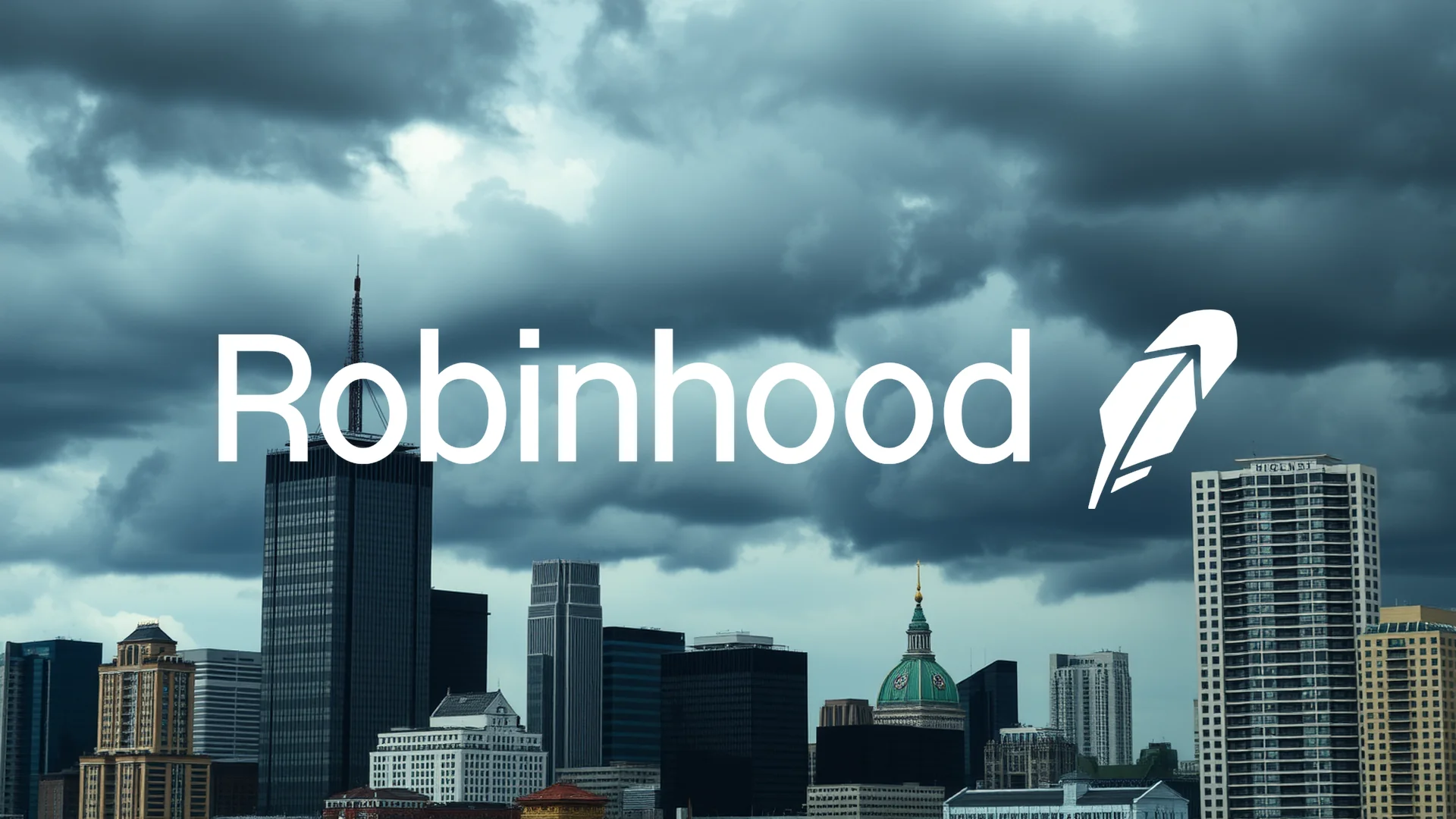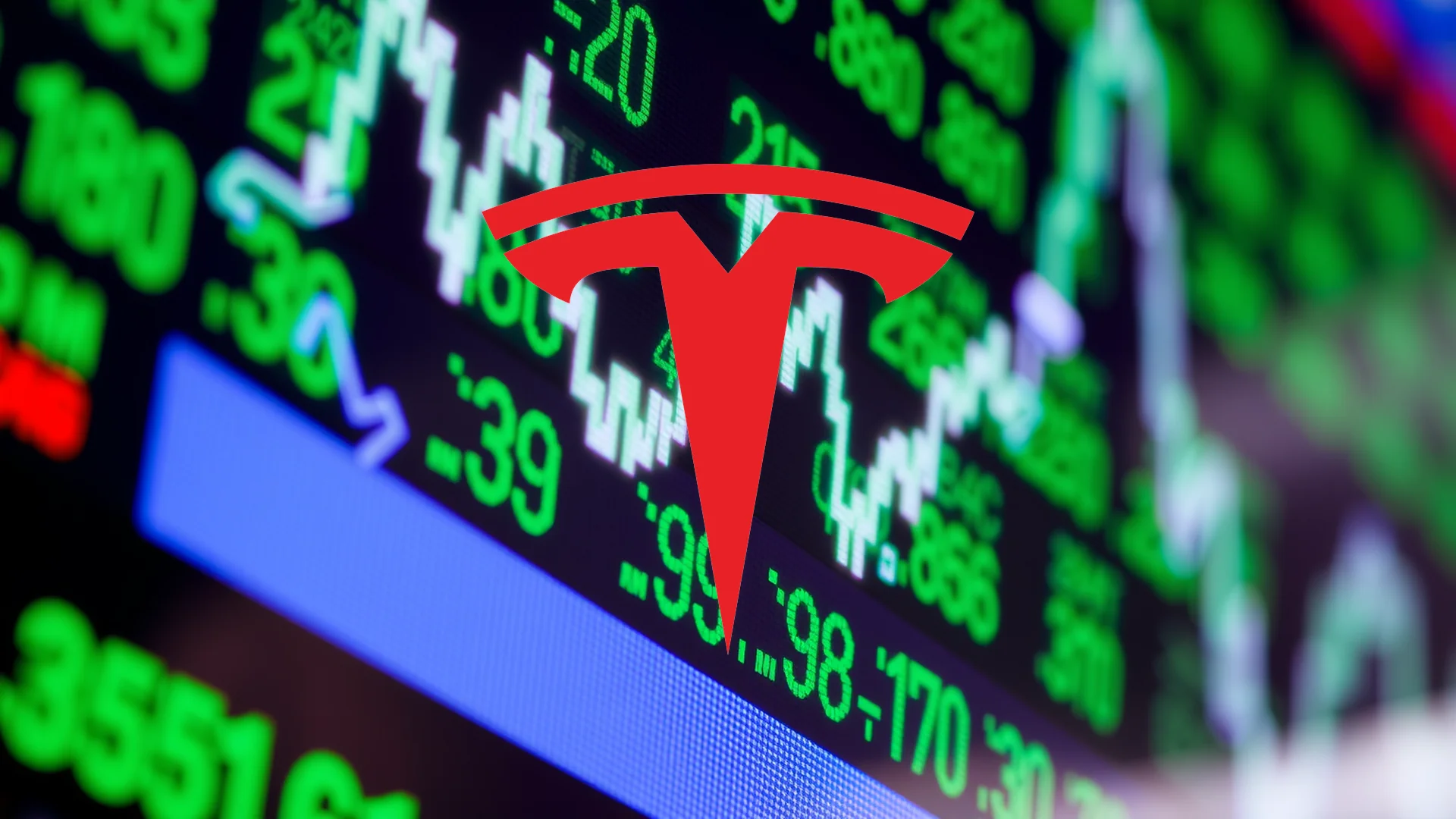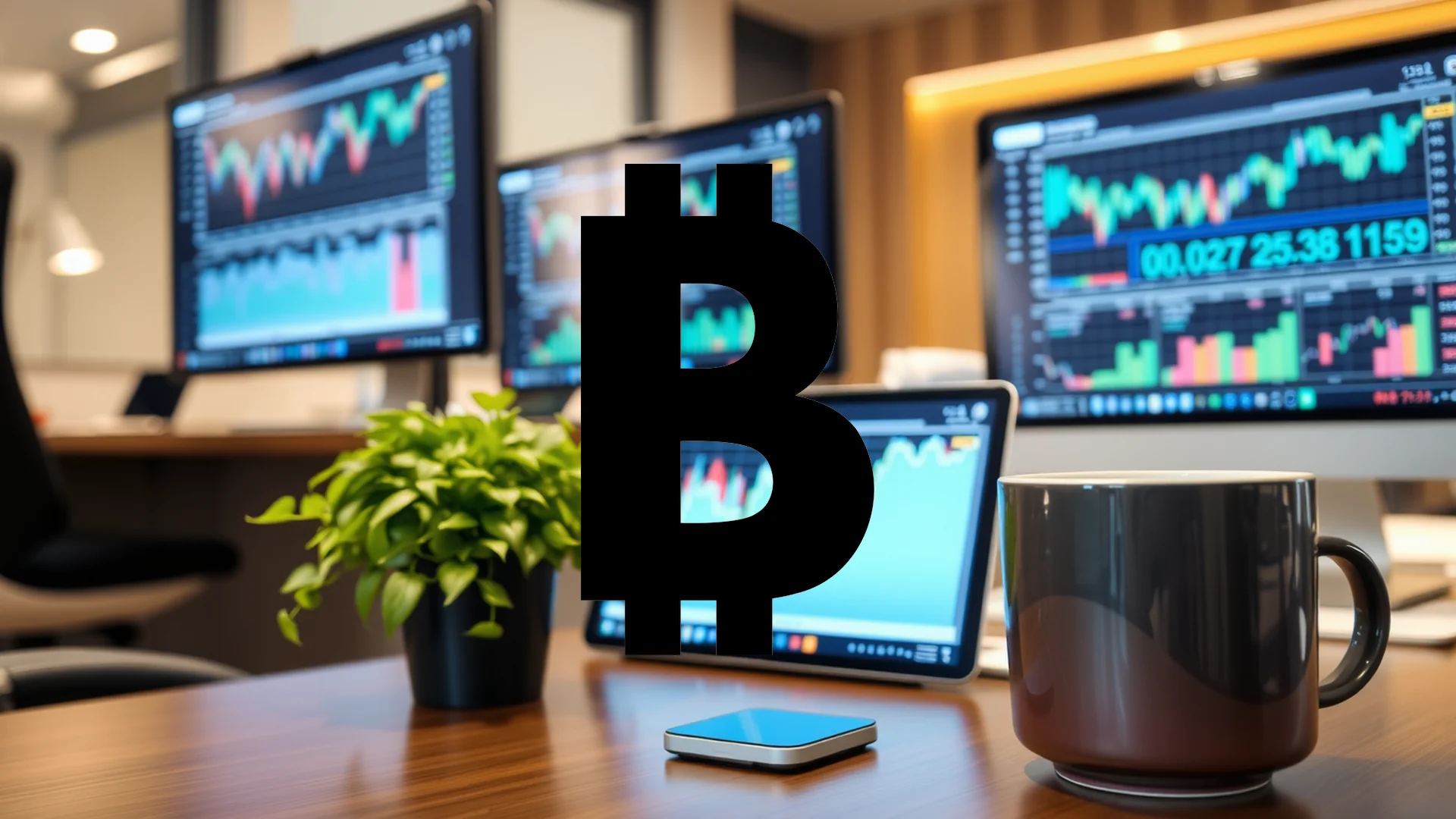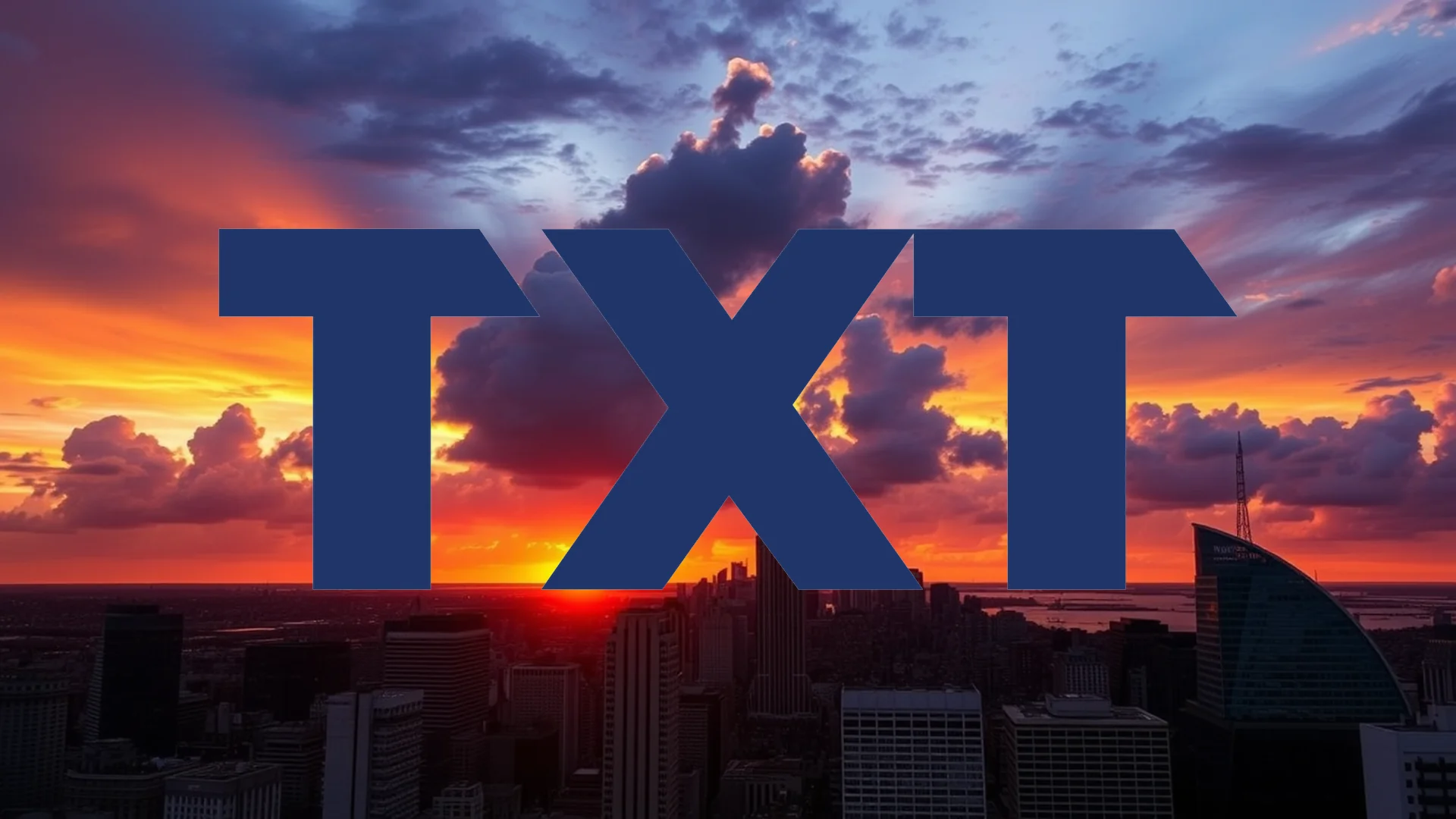Robinhood Markets delivered a quarterly performance that would typically trigger investor euphoria, with revenue doubling, earnings per share surging by 259%, and its cryptocurrency segment experiencing explosive growth. However, the market response following the Wednesday earnings release was unexpectedly muted, creating a puzzling disconnect between fundamental results and investor sentiment.
User Growth and Assets Under Management Soar
The platform demonstrated remarkable traction, expanding its funded customer base to 26.8 million accounts. This represents an annual increase of 2.5 million users. A particularly strong performance was seen in the premium subscription service, Robinhood Gold, where paying subscribers jumped 77% to reach 3.9 million.
This user growth directly translated into significant asset accumulation. Assets under management ballooned to $333 billion, marking a 119% year-over-year increase. The third quarter alone witnessed a record net inflow of $20.4 billion, underscoring the platform’s powerful momentum.
Cryptocurrency Trading Fuels Record Revenue
For the third quarter of 2025, Robinhood posted spectacular financial results. Total revenue reached $1.27 billion, doubling compared to the previous year and substantially exceeding analyst forecasts. Earnings per share came in at $0.61, also soundly beating market expectations.
Should investors sell immediately? Or is it worth buying Robinhood?
The primary engine for this breakthrough was the cryptocurrency division. Revenue from crypto trading skyrocketed over 300% to $268 million. Overall transaction-based revenue climbed 129% to $730 million, driven by substantial gains across all trading verticals:
- Cryptocurrency Trading: Revenue surged over 300% to $268 million
- Equities Trading: Revenue increased 132% to $86 million
- Options Trading: Revenue grew 50% to $304 million
Rising Expenses and Leadership Transition Temper Enthusiasm
Despite these outstanding figures, the market reaction was cautious. After closing Wednesday’s regular session with a gain exceeding 4%, Robinhood shares retreated in after-hours trading.
This paradoxical response was attributed to two key announcements. First, the company raised its full-year cost projection to approximately $2.28 billion. Management clarified that these increased expenditures are linked to strategic investments in growth initiatives and higher compensation-related expenses driven by the company’s rising stock price.
Second, the company disclosed that Chief Financial Officer Jason Warnick will retire in 2026. He will be succeeded by Shiv Verma, a transition that introduced an element of uncertainty for investors. The central question emerging from this earnings report is whether these rising costs will eventually erode Robinhood’s impressive profitability, or if they represent essential investments for sustaining its remarkable growth trajectory.
Ad
Robinhood Stock: Buy or Sell?! New Robinhood Analysis from December 21 delivers the answer:
The latest Robinhood figures speak for themselves: Urgent action needed for Robinhood investors. Is it worth buying or should you sell? Find out what to do now in the current free analysis from December 21.
Robinhood: Buy or sell? Read more here...










